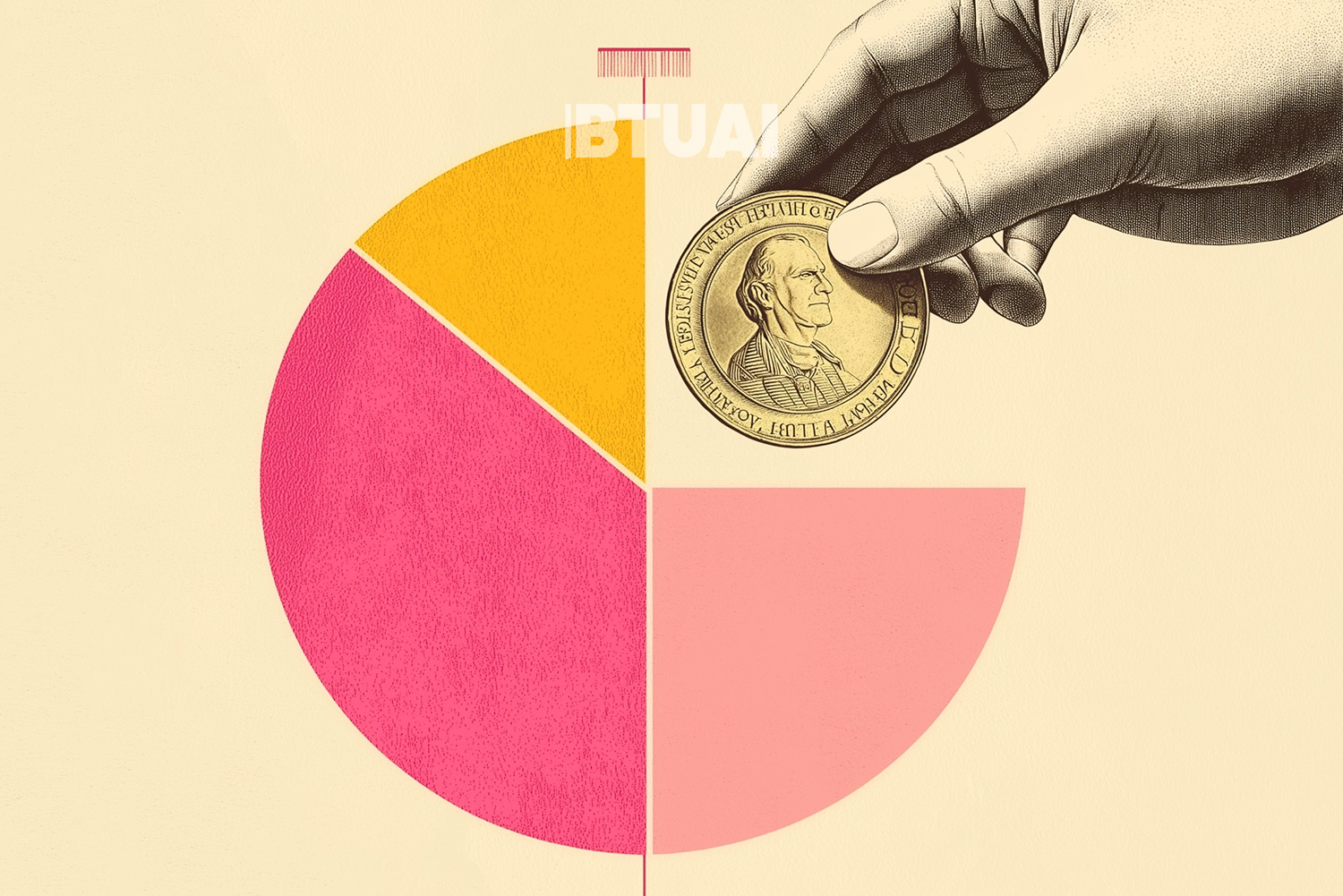Inflation vs Reality — Why Official Numbers Don’t Always Match What We Feel
According to Georgia’s National Statistics Office, annual inflation in March 2025 stood at 3.5%. On paper, this is considered

According to Georgia’s National Statistics Office, annual inflation in March 2025 stood at 3.5%. On paper, this is considered a moderate and manageable rate—especially compared to the double-digit inflation seen in recent years. And yet, many Georgians still feel like everything is getting more expensive. Complaints about rising prices of vegetables, oil, and medicine are not just subjective impressions—they reflect a lived reality that official inflation data often fails to capture.
This is where the gap begins—between statistical inflation and personal experience. Annual inflation is based on a “consumer basket,” representing the average spending of an average citizen across various goods and services. But in Georgia, the “average citizen” is more of a methodological construct than a real person. A pensioner and a young student consume very different things—and thus experience inflation differently.
In March, the main driver of inflation was food and non-alcoholic beverages, where prices rose by 6.6%, contributing 2.2 percentage points to the overall annual figure. Prices for vegetables rose by 21.3%, oils and fats by 16.4%, and coffee, tea, and cocoa by 14.4%. For low-income households, whose budgets are heavily tilted toward essential groceries, these hikes hit hard—much harder than a 3.5% statistic suggests.
Healthcare also saw steep increases—8.8% annually. Prices for medical services, equipment, and hospital care rose between 7–9%. This is especially painful for elderly people or those with chronic conditions who rely on regular medical expenses. In the consumer basket, healthcare contributes only 0.74 percentage points to overall inflation, but for an individual, it can feel like their entire financial stability is under threat.
At the same time, there are categories with declining prices—like communication, where costs dropped 12.4%. But this often goes unnoticed. If a person doesn’t switch their internet or mobile plan, their expenses remain unchanged, making this “deflation” irrelevant. Similarly, inflation may reflect falling prices for products not used by specific segments of the population.
Housing costs, particularly rent in major cities, are also rising, but they are only partially (if at all) reflected in official indices. For young people living independently, rent can take up a significant share of their income, making them feel inflation much more acutely than the average might suggest.
In the end, we face a paradox: inflation can be statistically low but subjectively high. Citizens feel pressure from specific costs—groceries, medicine, rent, fuel—that aren’t always captured in the “average” consumer model. This disconnect fuels skepticism toward inflation figures and raises a valid question: for whom is inflation really measured?
Inflation is not just an economic metric—it’s a social phenomenon. It reveals how economic change affects different groups and who is most vulnerable to shifting prices. So before calling 3.5% a “low number,” we must ask: whose peace of mind was lost within that percentage, and how fairly is the burden of inflation distributed in our society?




